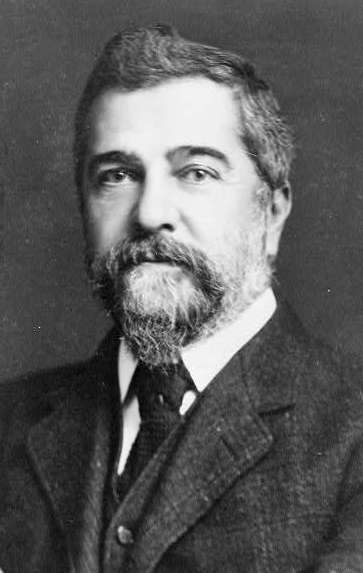Related Topics
Curtis
To Cy Curtis, magazines were just vehicles for advertisers. In fact, his mags taught former farmers how to manage urban life, more or less accidentally creating a focus for American books, authors, politics and literature. The fall of his empire teaches the lesson that antitrust laws against vertical integration are probably unnecessary.
Curtis: Those 1905 Delivery Trucks

|
| The Saturday Evening Post |
The Curtis Publishing Company was symbolic of Philadelphia in a lot of ways, like the silhouette of Ben Franklin on its masthead, the deliberately old-fashioned type font of the Post's title above the Norman Rockwell paintings on the cover. Since Curtis stopped publishing magazines, the sturdy old buildings have been converted to modern office space. If you stroll around today, you get a completely misleading impression of the headquarters. To some extent, the present lavish interiors are a response to the Tax Act of 1975, which specifies that the cost of a rehabilitation project must exceed the previous value of the building. And to some extent, the present luxury reflects the deluded ideas of architects and dreamers about the proper lifestyle for captains of industry. To view this rehab, you might suppose:

|
| Louis Comfort Tiffany |
If you came to visit Curtis in Philadelphia, you would be invited to have lunch in the Down Town Club, and then enter the office complex proper through ornate bronze doors, going down spectacular gleaming interiors past a splendid indoor fountain at the foot of a magnificent huge marble staircase leading who knows where. There would be opulence on all sides, punctuated by an enormous glass mosaic constructed by Louis Comfort Tiffany on a design by Maxfield Parrish. Curtis must have had a wow first floor, designed to impress visitors, and every bit as successfully impressive as anything in New York or Washington DC. In case you didn't get the point, this looming structure did its looming right across the street from Independence Hall. That's the impression you would get today, without a uniformed guide to explain things to you. But as a matter of fact, those high, high ceilings were meant to enclose printing presses, which are notoriously noisy, smelly, and greasy. This was a place of business, a manufacturing plant, not a tourist attraction.
The real symbolism of no-nonsense Philadelphia manufacturing could be seen, every day on the streets. It was those funny old delivery trucks. Everyone in Philadelphia in the morning was familiar with these relics, great lumbering elephants traveling at about five miles an hour or less making grinding noises, slowing up traffic, looking terribly old fashioned. As a matter of fact, they were built in 1905 and were powered by electric batteries. Indestructible, requiring neither maintenance nor fuel except for recharging the batteries overnight. They did their job of transporting paper and magazine product back and forth from Washington Square to the printing plant at Sharon Hill, and there was absolutely no economic justification for replacing them with something more expensive. Their cast iron construction was such that there would probably never be an economic reason to replace them; funny looking, maybe, but they were money in the bank. Philadelphia loved them like a dotty old maiden aunt.

|
| Liberty Bell |
But just imagine the impression they gave the two-martini crowd when they came down from New York for a job interview or for business negotiations. The trucks symbolized the fuddy-duddy city with its fuddy-duddy magazine. Imagine working for a place that would tolerate those things, and what's even more unimaginable, the local yokels actually defended them. The word "cool" was invented to represent everything that these old trucks were not; didn't want to be. Just seeing one of them was enough to make you take your hard-leather heels back to Madison, and Lex, and The Village. Even after first impressions faded, the true symbolism of those trucks was troublesome to glitterati. The impression the trucks gave to visiting readers of the Post was quite in keeping with the magazine's decades-long message of hard work, frugality, and no-nonsense pruning of expenses. A chance visitor to Independence Hall could plink the Liberty Bell and then wander over to that Taj Mahal on the West side of Sixth Street, quite likely thunderstruck by the interior. Out of town readers would, of course, have been even more dumbstruck to see the mansion that the Curtis family lived in on Rittenhouse Square and elsewhere, but all that was at a discreet distance. And then, one of those nice old trucks would come lumbering along. Now that's the spirit. That's the message of crafty old Ben Franklin. Who cares what people think about the outward show, especially those, ugh, people from New York.
Originally published: Wednesday, June 21, 2006; most-recently modified: Monday, May 20, 2019
| Posted by: Al | Mar 6, 2009 12:01 AM |